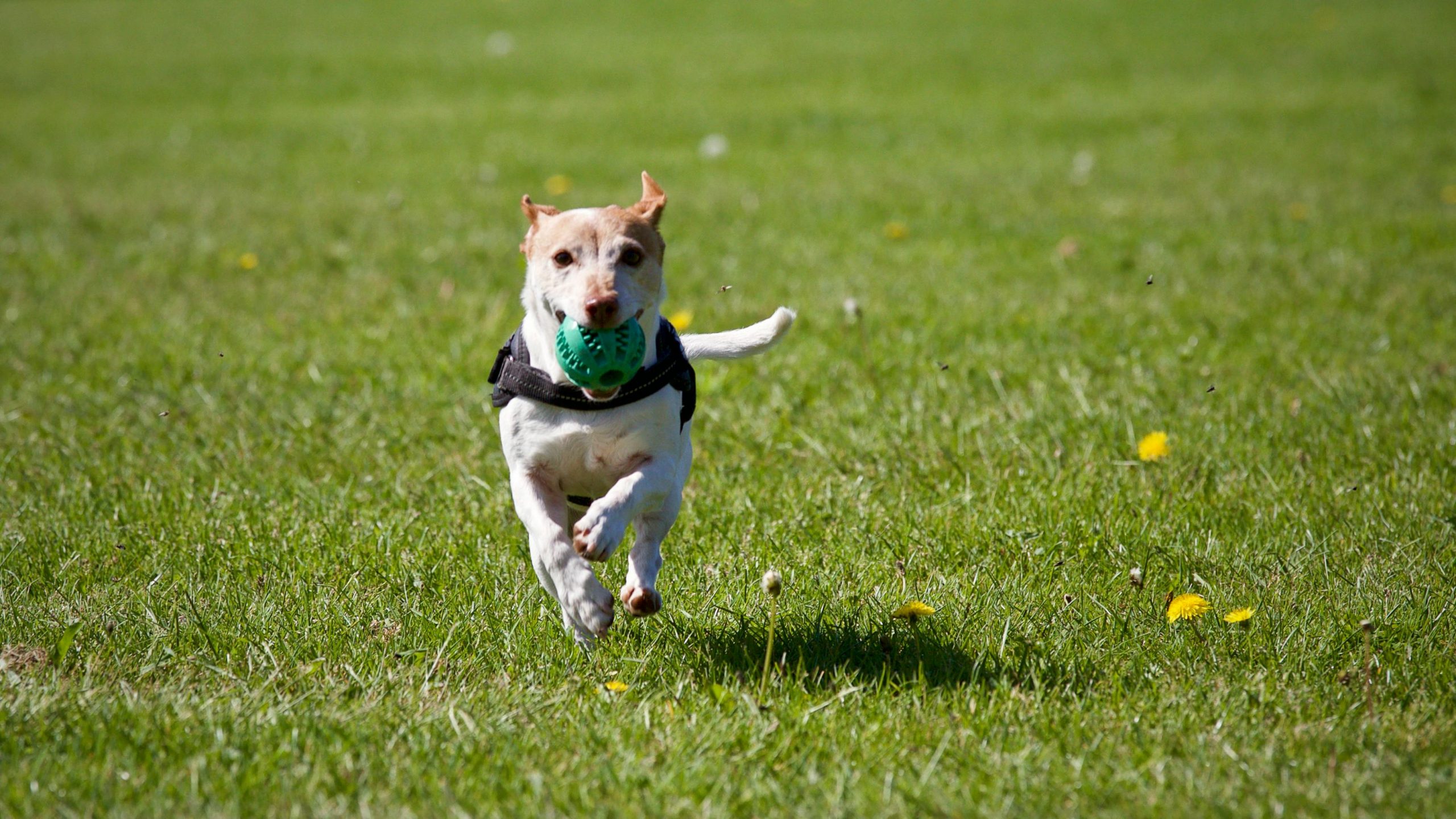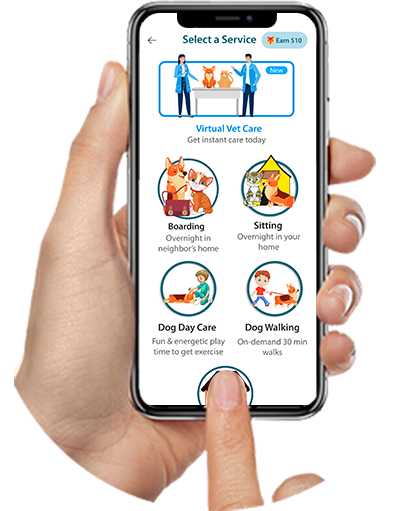Iron poisoning, also known as iron toxicosis, occurs when dogs ingest excessive amounts of iron, leading to toxic effects on their bodies. This condition can result in severe health complications and requires immediate veterinary attention.
Overview
- Definition: Iron poisoning is a serious condition resulting from the accumulation of toxic levels of iron in the bloodstream.
- Common Sources: The most frequent causes of iron poisoning in dogs include:
- Iron supplements and multivitamins
- Certain fertilizers and moss killers
- Hand warmers and oxygen absorbers found in food packaging
- Some medications that contain iron
Symptoms
Symptoms of iron poisoning can be categorized into four stages based on the timing after ingestion:
Stage I (0–6 hours)
- Gastrointestinal Distress: Vomiting, diarrhea, and abdominal pain are common initial signs.
Stage II (6–24 hours)
- Apparent Recovery: Dogs may seem to improve temporarily, but this does not indicate recovery.
Stage III (12–96 hours)
- Severe Symptoms: Recurrence of gastrointestinal symptoms, lethargy, shock, tremors, metabolic acidosis, and potential liver damage. This stage can lead to serious complications such as cardiovascular collapse and coagulopathy (excessive bleeding).
Stage IV (2–6 weeks)
- Long-Term Complications: Healing from gastrointestinal damage may lead to strictures or obstructions due to scarring.
Causes
Iron toxicity occurs when a dog ingests an excessive amount of iron relative to its body weight. A toxic dose is generally considered to be over 20 mg/kg. Possible sources include:
- Supplements that are not intended for dogs
- Ingesting items containing high levels of iron
- Accidental overdoses from human medications
Diagnosis
Diagnosis typically involves:
- Veterinary Examination: A thorough assessment of symptoms and history of potential iron ingestion.
- Blood Tests: Measuring serum iron levels and total iron-binding capacity (TIBC). A diagnosis is confirmed if serum iron levels exceed TIBC.
- Imaging Studies: X-rays may be used to locate any ingested iron pills or objects in the gastrointestinal tract.
Treatment Options
Immediate treatment is crucial for managing iron poisoning:
- Decontamination:
- Inducing vomiting or performing gastric lavage (stomach pumping) if ingestion occurred recently.
- Administering activated charcoal may help reduce absorption if done soon after ingestion.
- Supportive Care:
- Intravenous fluids to correct dehydration and support kidney function.
- Oxygen therapy if respiratory distress is present.
- Chelation Therapy:
- Medications like deferoxamine are used to bind excess iron in the bloodstream and facilitate its excretion through urine.
- Monitoring:
- Continuous monitoring for several days to assess liver function and watch for complications such as gastrointestinal obstruction.
Prognosis
The prognosis for dogs with iron poisoning depends on several factors:
- Timing of Treatment: Early intervention significantly improves recovery chances.
- Severity of Symptoms: Dogs that progress to severe toxicity have a poorer prognosis.
Prevention
Preventive measures include:
- Keeping all medications, supplements, and potentially toxic substances out of reach of pets.
- Educating pet owners about the risks associated with human medications and supplements.
Conclusion
Iron poisoning is a serious medical emergency that requires prompt veterinary attention. If you suspect your dog has ingested a product containing high levels of iron or shows signs of toxicity, contact your veterinarian immediately. Early diagnosis and treatment are critical for improving outcomes and ensuring your dog’s health.




 Unlimited access and follow ups for continuous pet care
Unlimited access and follow ups for continuous pet care 


